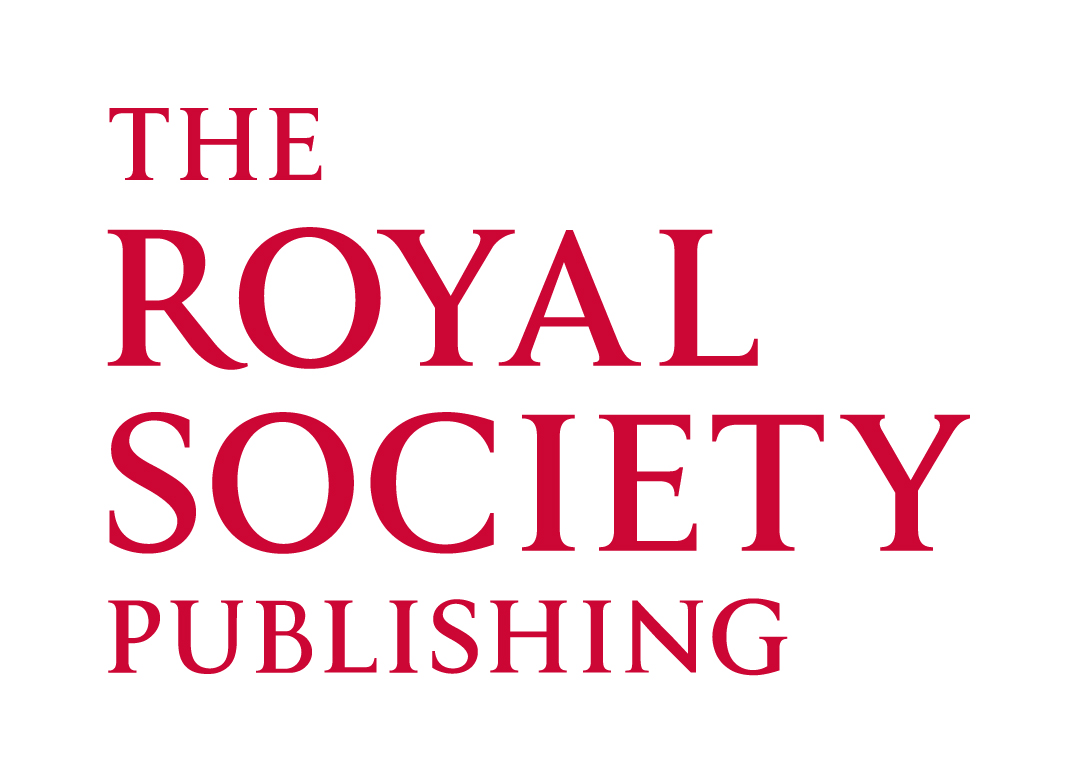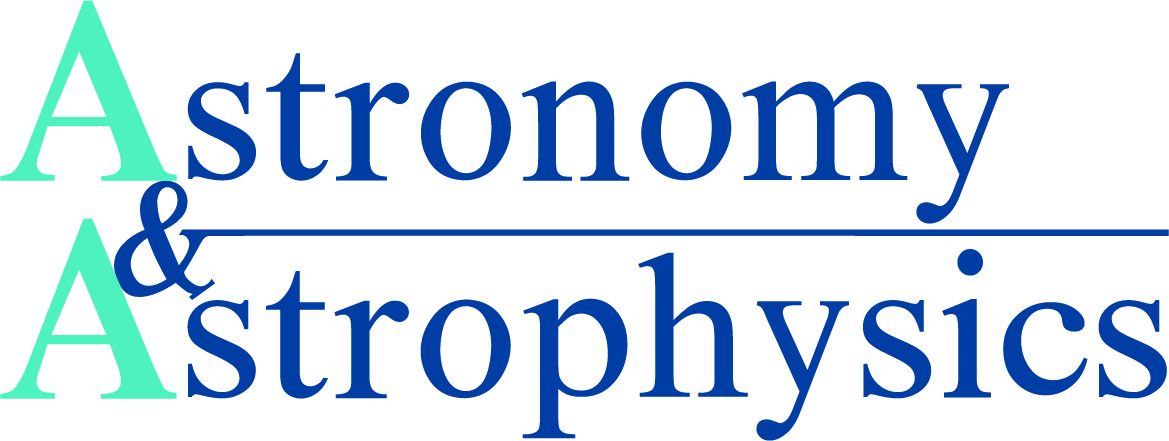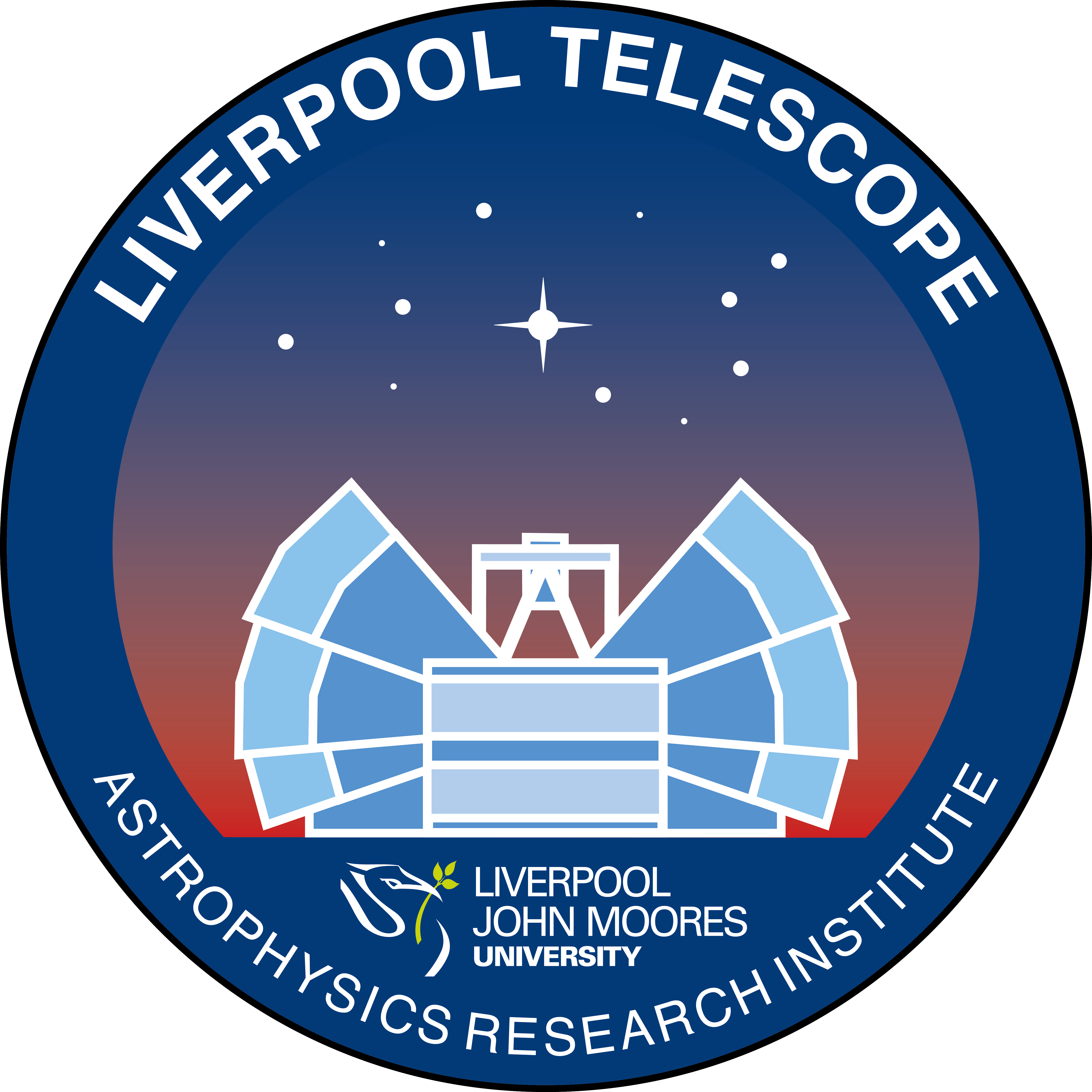Special Session SS6
5 April 2018
Dust formation by evolved stars and supernovae
Aims and scope
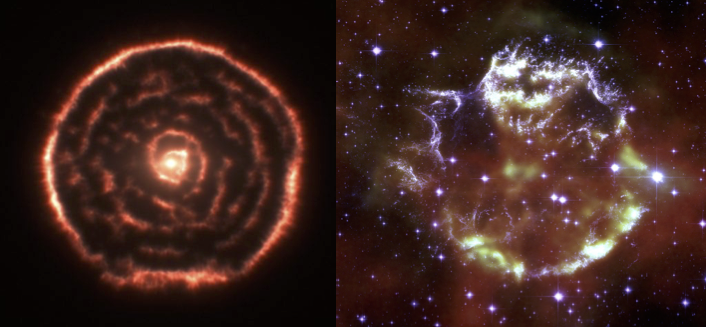 Context: Since the existence of interstellar dust was first demonstrated nearly a century ago, the field has made enormous progress in modelling the dust properties and dust content of galaxies. However, the main sources responsible for producing interstellar dust still remain unknown. Along with the red supergiant phase of massive star evolution, AGB stars, the advanced evolutionary stage of low-intermediate mass stars (LIMS) have long been thought to be important sources of dust formation. Recently, Spitzer observations of the Magellanic clouds revealed that a few extreme AGB stars might be responsible for the majority of dust production by LIMS, but often are unable to account for the total dust content observed in these galaxies. With similar studies pending for a number of other Local Group galaxies, new GAIA distances will make it possible to perform similar studies on volume-limited Milky Way samples.
Context: Since the existence of interstellar dust was first demonstrated nearly a century ago, the field has made enormous progress in modelling the dust properties and dust content of galaxies. However, the main sources responsible for producing interstellar dust still remain unknown. Along with the red supergiant phase of massive star evolution, AGB stars, the advanced evolutionary stage of low-intermediate mass stars (LIMS) have long been thought to be important sources of dust formation. Recently, Spitzer observations of the Magellanic clouds revealed that a few extreme AGB stars might be responsible for the majority of dust production by LIMS, but often are unable to account for the total dust content observed in these galaxies. With similar studies pending for a number of other Local Group galaxies, new GAIA distances will make it possible to perform similar studies on volume-limited Milky Way samples.
The first submm surveys of high-redshift galaxies about 20 years ago revealed large quantities of dust, and appear to require a different source of dust production. To solve this dust mass budget crisis at high redshifts, the production of dust in the early Universe has been proposed to be dominated by core-collapse supernovae (CCSNe). With the advent of submm/mm observatories (e.g., Herschel, ALMA, SOFIA), the first detections of the order of 0.2-1 Msun of dust in a handful of CCSNe have been reported in recent years. Other than acting as major dust factories, CCSNe appear to also be efficient dust destroyers through shock processing and so the net dust mass produced by CCSNe remains uncertain.
Currently, the regrowth of dust grains through accretion onto pre-existing grains in the interstellar medium has been advocated by some to be responsible for the formation of most of the interstellar dust in galaxies. The lack of viable chemical formation routes for grains to grow through metal accretion in the cold medium increases the need for a re-evaluation of the importance of stellar dust production sources (LIMS, CCSNe). We will also give special attention to the current and future instrumentation (e.g., ALMA, VLT/Sphere, GAIA, JWST), and discuss how these facilities will revolutionise our view on dust production by LIMS and CCSNe in the Milky Way, Local Group galaxies and beyond.
Programme
During this special session, we aim to discuss the following open issues with observational and modelling experts in the field of dust formation in evolved stars and supernovae:
A. Dust and molecule formation in low- and intermediate mass stars (LIMS):
- 1: what type of LIMS dominate dust production?
- 2: how do LIMS dust yields vary with metallicity, stellar rotation, etc. ?
- 3: what type of dust species and molecules form in the inner wind and outer atmospheres of evolved stars?
B. Dust formation and destruction in core-collapse supernovae (CCSNe):
- 4: how efficient do CCSNe form dust and how does SN dust formation evolve with time (instantaneous or gradual formation of SN dust)?
- 5: how efficient are grains destroyed by the reverse shock?
- 6: what chemical processes dominate dust production and molecule formation in CCSNe?
Invited speakers
- Jacco van Loon (Keele University, UK)
- Mike J. Barlow (University College London, UK)
- Sara Bladh (Universita di Padova, Italy)
- Arkaprabha Sarangi (NASA Goddard Space Flight Center, US)
Scientific organisers
- Ilse De Looze (Chair / University College London, UK / Ghent University, Belgium)
- Olivia C. Jones (UK Astronomy Technology Centre)
- Ambra Nanni (Universita di Padova, Italy)
- Elvire De Beck (Chalmers University of Technology, Sweden)
- Leen Decin (Katholieke Universiteit Leuven, Belgium)
- Arkaprabha Sarangi (NASA Goddard Space Flight Center, US)
- Stefania Marassi (Sapienza Universita di Roma, Italy)
Contact
Ilse De Looze (idelooze @ star.ucl.ac.uk)
Updated on Fri Nov 24 12:53:50 CET 2017
|
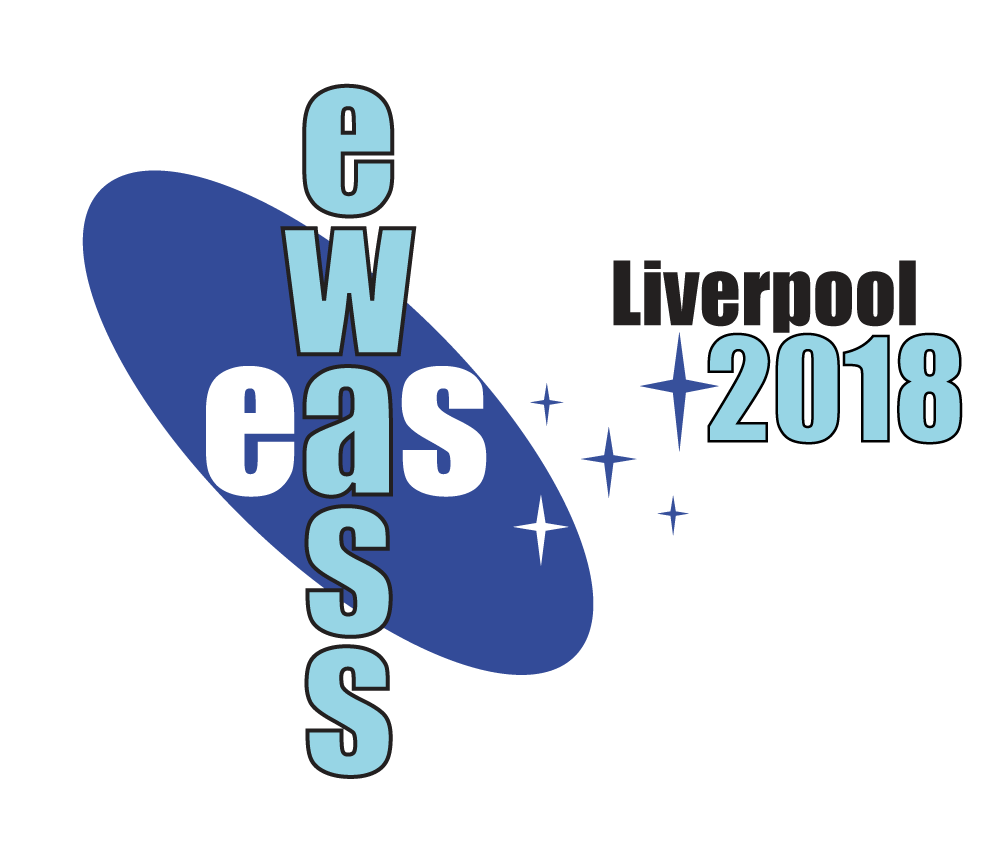
 A power cut will shut down all EAS services on Tuesday, 10 January 2017 starting at 7:30 CET.
A power cut will shut down all EAS services on Tuesday, 10 January 2017 starting at 7:30 CET.











